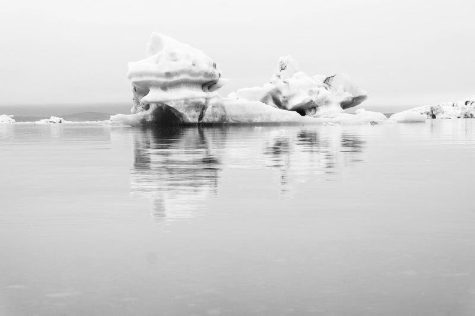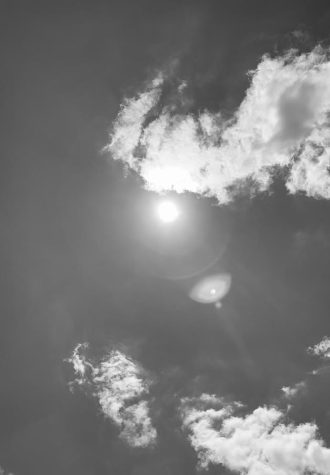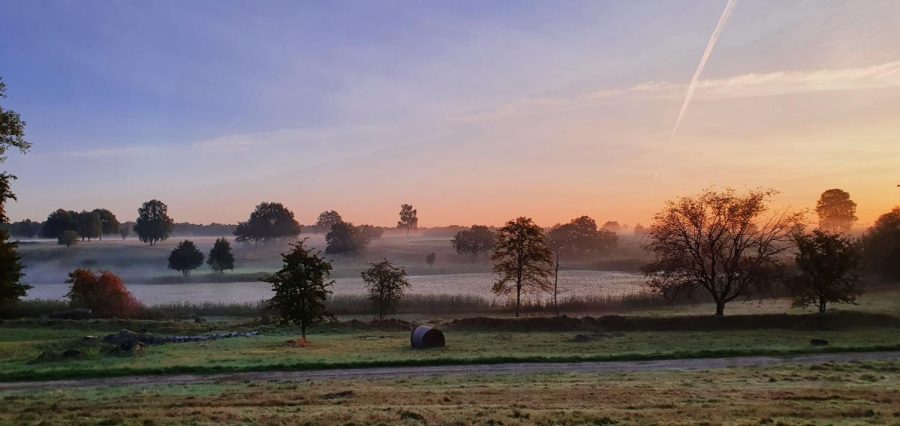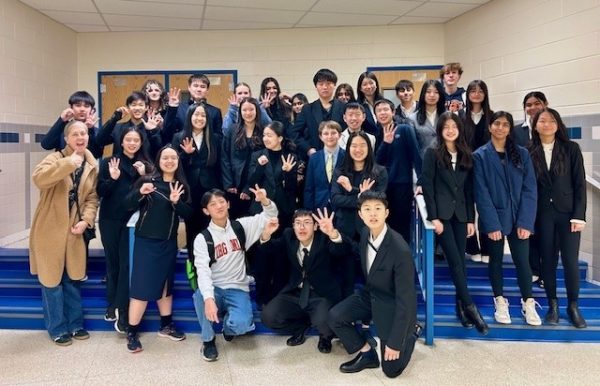Is the Climate Crisis Actually a Crisis?: Climate Crisis and Its Effects

What comes to your mind when you hear the term ‘climate crisis’? Is the climate crisis actually a ‘crisis’ for you–or is it just a term understandable but not touching? Many people who hear the term don’t really see the crisis around them on a daily basis, but the truth is, the climate crisis is a crisis. It is definitely true that humanity is in a serious situation right now, and the climate crisis is gradually becoming a factor that may collapse human society all at once.
The most ‘trending issue’ that we are experiencing these days is COVID-19. Because of the worldwide pandemic, everyone around the world struggled from sickness, wasn’t able to enjoy their life as they did before, and we were all stuck in our masks and homes for the past few years. What a sad life! But guess what? COVID-19 was caused by the climate crisis! How? The key to this question is bats.
According to sociobiologist Jae Chun Choi, 100 years ago, bats only lived in tropical climates. Therefore there was minimal contact between humans and bats. However, due to rising temperatures and climate change, bats started to move to temperate climates little by little. As a result, 40 out of 1400 species of bats migrated to China.
Each bat–no matter what species–has 2 to 3 viruses in its body but doesn’t get affected at all. However, the effects of the virus were not the same for humans–and this caused one of them to develop into the COVID-19 that we know now.
The pandemic seems to be slowing down, but it is important to note that COVID-19 was caused by a single type of virus. Why is this significant? There were around 100 types of bat viruses in China in 2019, and all of them had the potential to become a worldwide pandemic like COVID-19. Science, data, and even I can assure you that situations like this are not going to happen only once or twice.

Other topics linked to the climate crisis include ‘global temperature rise,’ ‘arctic melt,’ and ‘sea-level rise.’ These three may seem like completely different topics, but once you examine them carefully, they are actually caused by one another–and are tied together significantly. Our greenhouse gas emissions cause global temperatures to rise (global temperature refers to the average temperature of everywhere on Earth all around the year). And because of the increased temperature, the glaciers in the Arctic melt, and the sea level rises. Now, lets stop here and look into what will happen when sea level rises.
According to National Geographic Magazine, major cities such as Miami, Shanghai, and Boston will be some of the first cities to drown underwater. And when we refer to sea-level rise, we refer not only to the ‘sea’ level but the ‘groundwater’ level as well. How is this a problem? Groundwater in seaside cities would flood and become polluted, causing the city to have a water shortage. No water, no life, no citizens. In this case, all people who lived in these cities would have to migrate to a higher altitude–simply becoming ‘environmental refugees.’
When land sits beneath water, it cannot be used again as a normal place for habitat because, well, they are UNDERWATER! Another consequence is that the land will no longer be able to produce the products and resources that it did before.
Whether the city produced certain food, clothes, daily life necessities, or had many natural resources and uses for land, none of them could be performed after being swallowed by the ocean. This leads to inflation as well because the production of certain products and the availability of certain resources would massively decrease with the cities collapsing. Inflation is a huge problem right now, but it may get even worse with the addition of the climate crisis.

Remember how I said ‘global temperature rise,’ ‘arctic melt,’ and ‘sea level rise’ are closely linked together? Well, now, we are going to take out ‘sea level rise’ and replace it with ‘extreme climate.’ When we refer to extreme climate, it means a clear distinction between summers and winters; summers becoming hotter while winters becoming colder.
But wait a second–how do the winters get colder if the global temperatures are rising? The key to this question would be the polar vortex. According to the U.S. National Oceanic and Atmospheric Administration (NOAA), the polar vortex is a large area of low pressure and cold air surrounding and encircling both of the Earth’s polar regions. BBC News reported that scientists discovered the heating of the Arctic has disturbed the polar vortex’s usual rotating patterns, therefore causing cold air to stay in certain regions for a greater amount of time.

Another factor of extreme climate is the humidity of regions. The Environmental Protection Agency explains that drier regions are getting drier while wetter regions are getting wetter, and the key to this phenomenon is the intensity of the water cycle. As air temperature increases, more water evaporates into the air from ocean and land, causing drier areas to lose more water. For wet regions, when more moisture-laden air moves over land or converges into a storm system, it can produce more intense precipitation—causing its climate to become wetter.
The change in the intensity of seasons and the humidity of regions leads to more frequent and more severe climate catastrophes as well—heatwaves, tornadoes, typhoons, hurricanes, tsunamis, drought, and wildfires. Countless types of these catastrophes are happening all because of a few degrees of global temperature rise.
Do remember. Global temperature rise does NOT simply mean a few temperatures increasing in several regions; it means the extremification of ALL climates we have now.

The last effect that I would like to introduce is the idea of a ‘feedback loop.’ According to NOAA, the feedback loop refers to a phenomenon where the effects of the climate crisis act as a catalyst towards itself. An example could be a wildfire caused by climate change producing carbon–which acts as a catalyst toward more intense climate change.
The reason feedback loops are a problem is that they make escaping the effects of climate change much more difficult, requiring much more effort. Unless we concentrate and consider all causes & effects, the loop will continue forever, bringing more and more consequences that worsen the situation.
There would be an endless number of paragraphs if every single one of the effects were listed, but the point here is that the climate crisis is a crisis. Although most of the predictions that we know are based on the worst situations and aren’t always correct, it is crystal clear that there is a problem with humanity’s present way of living. Humans are harming the environment more than any species did before.
But thinking about it universally, the climate crisis may be a tool for the universe to test humanity’s ability to overcome great difficulties. Isn’t humanity achieving great things that were never there before in the billions-year history? Technology is developing in a positive way, and finally, the climate crisis is getting more and more attention as society changes step by step.
As stated in Kurzgesagt’s video “We WILL Fix Climate Change!”, we are not doomed, and humanity is not doomed. Humanity will overcome the crisis and will find a way to live happily on the beautiful planet of Earth along with other species of animals.

(Photo by Kiseon Ryu)






